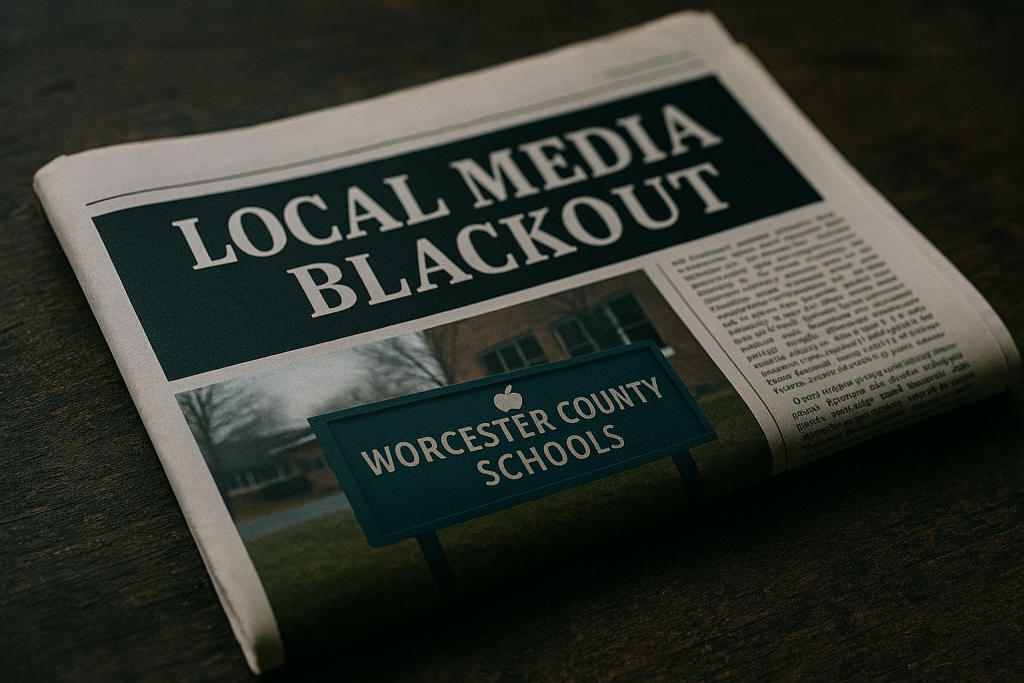
Every Student Needs School Supplies. But Who Pays for Them?
Every day, students walk into school with backpacks full of supplies. But who pays for those materials varies considerably from place to place.
The cost of school supplies is front and center for many American families this fall as a new school year begins. Inflation has driven up prices of consumer goods. Some pandemic-era programs designed to help low-income families stay afloat have petered out or disappeared.
Just as that happens, some school districts that used to pay for school supplies for all families have stopped covering those costs.
The Kodiak school district in Alaska is among several that used federal COVID relief dollars to pay for students’ school supplies during the pandemic. But with those funds running out, the district couldn’t find room in its budget to pick up another year’s worth of supplies for every student, according to Alaska Public Media.
But even as districts cut school supplies out of their budgets, they likely can’t count on that reduction to close budget gaps. Rather, making that cut can be a useful way for districts to signal to community members that they’re being fiscally responsible, said Sidney Clark, business manager and board secretary for the Shanksville-Stonycreek school district in Pennsylvania.
“Supplies in total only makes up about 4 percent of our district budget while salaries and benefits total over 60 percent,” said Clark, whose district buys school supplies for all students.
There are no comprehensive data on how many school districts pay for students’ quotidian school supplies like paper and pencils for their students, and how many expect families to cover costs on their own. But there are certainly lots of districts that have historically expected families to furnish school supplies.
Here’s a look at different approaches districts take to paying for school supplies.
Fully covering the cost of supplies
The Brewer district has shifted in recent years away from requiring families to provide school supplies for their children to use in the classroom in favor of providing students with all school supplies they need.
“We have everything a student needs to be successful when they walk into our schools,” said Gregg Palmer, the Maine district’s superintendent.
In the Osseo district in Minnesota, each school building receives a set amount of funds each year to pay for classroom supplies, said John Morstad, the district’s executive director of finance and operations. Teachers and administrators in each building can decide how to divvy up those funds.
Teachers can also crowdsource donations from the public if there’s something more they need, “but it must be approved by the building and district leadership prior,” he said.
Some districts turn to outside partners, like city governments or local nonprofits, to ensure all students have access to classroom materials they need at no cost to them. In Shawnee Mission, Kansas, for instance, residents can pay court fees by donating school supplies.
Charging fees to cover supplies costs
The Evanston district in Illinois this year will provide school supplies for all students, but it will charge each student a $50 fee to cover the costs. Students eligible for reduced-price meals will pay $25, and students who qualify for free meals won’t have to pay the fee.
Some school districts in Indiana used to do the same, but they’ll find it more challenging this year after the state passed a law barring schools from levying curricular or technology fees. The state provided $160 million to help districts cover the loss of those fees, but many schools will have to dip into their local budgets to make up the difference, according to media reports.
District leaders have struggled to figure out which items fall under those laws, according to reporting in the Kokomo Tribune. Computers and textbooks obviously do, but calculators and pencils are less clear-cut.
Shifting costs to parents or teachers
The National Retail Federation estimates families will spend as much as $890 on school supplies this year—an increase of more than $25 from last year’s figure. Many school districts provide lists of expected supplies in the weeks preceding the start of the school year.
In some cases, those expenses are a product of district policies that have been in place before the current administrators and haven’t been revisited since then, despite changes to academic requirements, course offerings, and supply costs. The Green Bay school district, for instance, has distributed school supply expectation lists to families for at least the last 10 years.
“I don’t think we have anyone left here who could explain why or how those decisions were originally made,” said Lori Blakeslee, the district’s director of communications and public relations.
Sometimes those costs end up shifting to educators who interact directly with students. A recent survey by the Association of American Educators, a professional organization that advocates for teachers, found that U.S. teachers were poised to spend an average of roughly $673 on school supplies this year. Many respondents to that survey said they still shell out for supplies even if their school or district pays for some.
Morstad from the Osseo schools said he believes his district’s allocated budget should cover all the supplies schools need. But, he acknowledges, dollar amounts for the supply budgets have stayed the same in recent years.
With inflation, that means those funds can’t pay for as much as they used to.
Dig Deeper With Our Longreads
Newsletter Sign up to get our best longform features, investigations, and thought-provoking essays, in your inbox every Sunday.
The MEN was founded by John Huber in the fall of 2020. It was founded to provide a platform for expert opinion and commentary on current issues that directly or indirectly affect education. All opinions are valued and accepted providing they are expressed in a professional manner. The Maryland Education Network consists of Blogs, Videos, and other interaction among the K-12 community.








